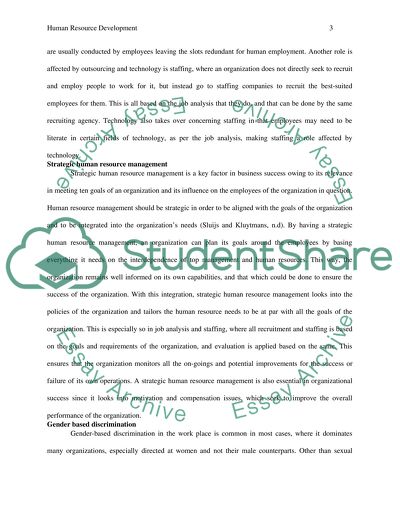Cite this document
(Roles of Human Resource Management Report Example | Topics and Well Written Essays - 1500 words - 1, n.d.)
Roles of Human Resource Management Report Example | Topics and Well Written Essays - 1500 words - 1. https://studentshare.org/human-resources/1616009-hrd
Roles of Human Resource Management Report Example | Topics and Well Written Essays - 1500 words - 1. https://studentshare.org/human-resources/1616009-hrd
(Roles of Human Resource Management Report Example | Topics and Well Written Essays - 1500 Words - 1)
Roles of Human Resource Management Report Example | Topics and Well Written Essays - 1500 Words - 1. https://studentshare.org/human-resources/1616009-hrd.
Roles of Human Resource Management Report Example | Topics and Well Written Essays - 1500 Words - 1. https://studentshare.org/human-resources/1616009-hrd.
“Roles of Human Resource Management Report Example | Topics and Well Written Essays - 1500 Words - 1”. https://studentshare.org/human-resources/1616009-hrd.


